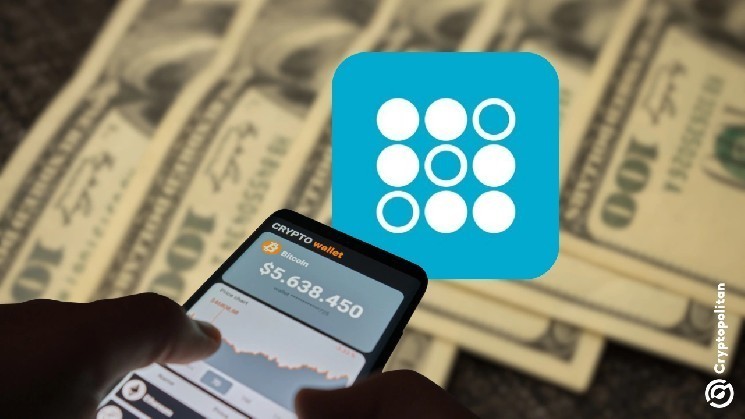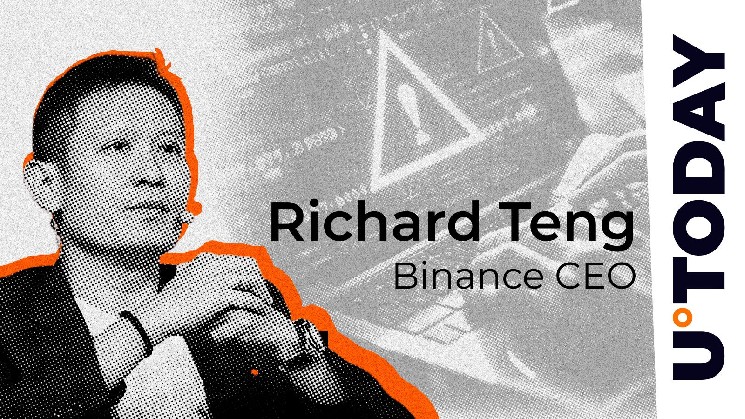This is a segment from the Blockworks Daily newsletter.
“The counterfeit of business is speculation. A man in business always gives value in return for his revenue, and thus performs a useful function.”
— Andrew Carnegie
When asked about the competitive threat posed by newly formed Federal Steel, Andrew Carnegie scoffed that its real specialty was “manufacturing stock certificates,” not steel.
That dismissive comment was emblematic of the 1890s boom in industrial “trust” stocks, most of which Carnegie thought had little to do with business and everything to do with speculation.
There were exceptions — the big monopolistic trusts formed in things like oil, sugar and tobacco unsurprisingly turned out to be good investments.
But there were also trusts formed in things like rope, wallpaper and coffins that were essentially stock-promotion schemes that did not.
The 1893 collapse of the National Cordage Company — the “Rope Trust” — even triggered a widespread financial panic that brought down many other trusts that were similarly in the business of “manufacturing stock certificates.”
That outcome might be a cautionary tale for crypto, an industry still best known for manufacturing tokens (not value).
The vast majority of those tokens don’t do anything — and those that do mostly just represent different ways of trading useless tokens.
The crypto market remains highly self-referential like that, but the hope has always been that this would change in time: Build a new financial system and the assets and investors will come.
If so, it feels like they should be arriving any time now — the technology is now good enough, blockspace is cheap and plentiful enough, and the SEC is in remission.
There are hopeful signs that it might be happening.
There’s a notable boomlet of real-world assets moving onchain, for example — mostly thanks to the success of BlackRock’s tokenized money market fund, BUIDL (a product that is in many ways genuinely superior to its off-chain equivalents).
Stablecoin assets are also trending higher and may only be getting started: Mastercard’s announcement this morning that it’ll be facilitating payments with stablecoins may be the thing that finally brings crypto to the non-crypto masses.
From levels of $240 billion now, a recent report from Citi predicts that stablecoin assets under management will surge to as much as $3.5 trillion by 2030.
(Note: I did the math and found out that 2030 is four and a half years away. Shocking, I know, but true.)
If there are anything like 3.5 trillion tokenized dollars onchain, investable assets will follow.
I have recently, for example, bought two Pokémon cards and a bottle of whiskey onchain, simply because I had some spare dollars onchain and crypto makes it very easy to buy Pokémon cards and bottles of whiskey.
So easy that I now consider both those things investable assets — not having to either take delivery or store collectibles like that is a game changer.
Investing in cards and bottles is also more fun than making 4% in BUIDL or losing 100% in memecoins.
Hopefully, there will soon be more options for crypto investors to choose from.
Kyle Samani even believes there will be all the options: “Virtually all assets will trade on inherently global and permissionless systems like Solana,” he predicted in a recent report on the future of crypto capital markets.
If so, that will include stocks and bonds, of course, but also — and more intriguingly — all-new kinds of crypto-native assets.
It’s still kind of hard to imagine what these will look like beyond the current offering of blockchain and DeFi tokens — which are almost all self-referentially leveraged to the trading of crypto.
But now that blockspace is so cheap and plentiful, people are trying new things.
Time.fun, for example, is an experiment in tokenizing people’s time; Zora is an experiment in using “content coins” to surface and prioritize information; TRUMP, a “celebrity coin,” is an experiment in tokenizing emoluments; Story Protocol is an experiment in programable, tokenized IP; Believe App is an experiment that turns X posts into memecoins (or “idea coins”) that offer to fund the business ideas they loosely represent.
Like most experiments, these will probably fail.
But if crypto capital markets keep throwing spaghetti on the wall like this, some new and interesting things should eventually stick.
Importantly, they might not all be crypto things, either.
Wall Street has been doing less and less experimenting as of late: Tomasz Tunguz notes that only two companies with less than $100 million of revenue have IPO’d in the US since 2018.
Two!
That failure to offer investors new things to invest in is at least partly because the IPO process has gotten so expensive: Tunguz estimates that it can cost a $100 million revenue company as much as $26 million to list on a US stock exchange.
That is a prohibitively expensive way to raise capital.
Raising capital in crypto, by contrast, is almost infinitely cheaper.
In some cases, literally so: The token that Zora issued is “just for fun,” which means Zora has raised equity capital without having to sell equity — a weird trick that’s only possible in crypto.
That has not worked out very well for crypto investors so far. For most investors in most crypto tokens, returns have been pretty terrible.
Lots of people have gotten rich in crypto, of course, but not by creating or investing in useful things.
Instead, it’s mostly been from the manufacturing of tokens.
Andrew Carnegie would be unimpressed — businesses, he believed, should succeed by giving “value in return for the revenue” and not just offering new things to speculate on.
But he might be sympathetic to crypto markets because stock markets weren’t very serious in his time, either — not until he created the first modern stock by merging his Carnegie Steel Company into US Steel.
US Steel was the product of the kind of financial engineering Carnegie derided.














Leave a Reply